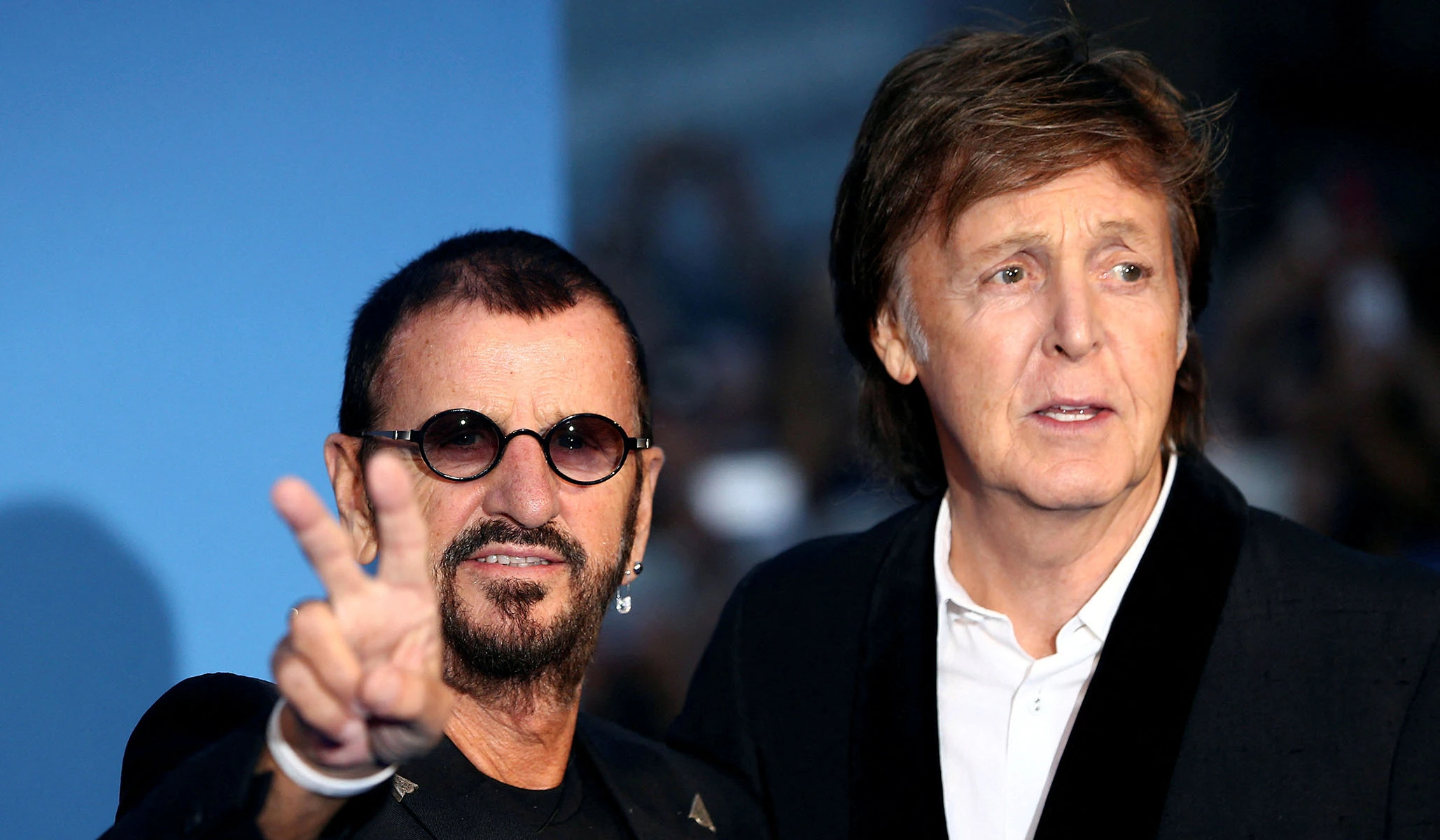A friend texted me yesterday, asking if I had heard about the new Beatles record. Despite my unparalleled enthusiasm for the group, I felt obliged to record without hesitation that I hate it already. The Wall Street Journal reports that the “new” song “features AI-assisted vocals from the late Beatle John Lennon.” To achieve this, film director Peter Jackson and his team digitized a demo tape that Lennon recorded in 1978, then used artificial intelligence to extricate and improve upon the parts that the producers wanted to keep. From there, Paul McCartney and Ringo Starr added the instruments and vocal harmonies that the original sketch lacked. Conceptually, the process was similar to what McCartney, Starr, and George Harrison did back in 1995 when they converted two forgotten Lennon demos into two fleshed-out songs (“Real Love” and “Free as a Bird”) and released them under the band’s name as part of the Anthology project. Apparently, “Let It Be” remains a suggestion.
Paul McCartney has described the project as “the last Beatles record.” It is no such thing. Whatever McCartney did or did not do during the recording process, the result cannot possibly be “the last Beatles record” because the result is not a record by the Beatles. The Beatles existed as a recording group between 1962 and 1970, after which they broke up and stayed broken up. In 1980, one of the band’s members, Lennon, was murdered in New York City. In 2001, another member, Harrison, died of cancer. As of today, only two of the Beatles, just half of the group, are still alive. As was true in 1995 and will be true in 2045, there can be no “more” Beatles records because there is no more Beatles. It is an impossibility.
This objection is not out of pretentious hyper-literalism but because, in my view, this behavior violates the core of what the Beatles were. In explaining himself, McCartney proposed that AI technology had permitted his team “to mix the record as you would normally do.” This is nonsense. There is a profound difference between Paul McCartney and the Beatles, and that difference is not being respected in this case. The Beatles’ records were not arranged, recorded, and mixed by one member of the band; they were arranged, recorded, and mixed by the whole band. Occasionally, the four Beatles would split up into smaller groups to work on their own songs, as was sometimes the case during the production of The Beatles, Abbey Road, and Let It Be. But never did a member of the band step out completely during the recording of his own song. For one member of the band to take another’s unreleased demo, make all the artistic decisions involved in producing it into a proper song, and then release it in the name of the quartet is about as far away from “normal” Beatles operations as it is possible to get.
Worse yet, it robs John Lennon of the agency that he so cherished. Lennon and McCartney were great friends and passionate enemies. They fought with one another over their work. We have no idea whether Lennon even wanted to release this demo recording, let alone in what manner he would have wanted it prepared for public consumption. Throughout his life, Lennon exhibited strong opinions on structure, production, instrumentation, harmony, and the sound of his own voice. Of all the people in the world, Paul McCartney probably has the best idea of how John would think. And yet, as the cornucopia of information we have about the Beatles’ canon amply demonstrates, McCartney’s tastes were often radically different from John’s. That despite this tension, the two men managed to make it work for eight years does not accord to McCartney an open warrant to harvest “John’s voice from a ropy little bit of cassette,” to carve the extracted raw materials into his image, to simulate with computers what was not there, and then to “print” the results under someone else’s byline.
Describing his use of artificial intelligence, McCartney boasts that he was “able to take John’s voice and make it pure through AI.” As an application of artificial intelligence, making a badly recorded vocal performance “pure” is fairly benign. But AI does not, and it will not, end there. For both audio and video, AI can be used as a simulation tool, which an operator can use to sample a given voice or physical appearance and then create something entirely novel from the results. If we are not there already, we are getting close to the point at which a director could make a movie with a deceased actor in the lead role and at which a record producer could generate a full album’s worth of material “by” an artist who is now unable to record a note. When this happens for the first time, we will be told by many that because the source material was genuine, the synthesized output must be too. Those people will be wrong. They will be confusing a facsimile for authenticity. There are such things as Lennon-McCartney songs and Beatles records, and what will soon be released purporting to be both will be little more than a last-gasp nostalgia-driven forgery.

